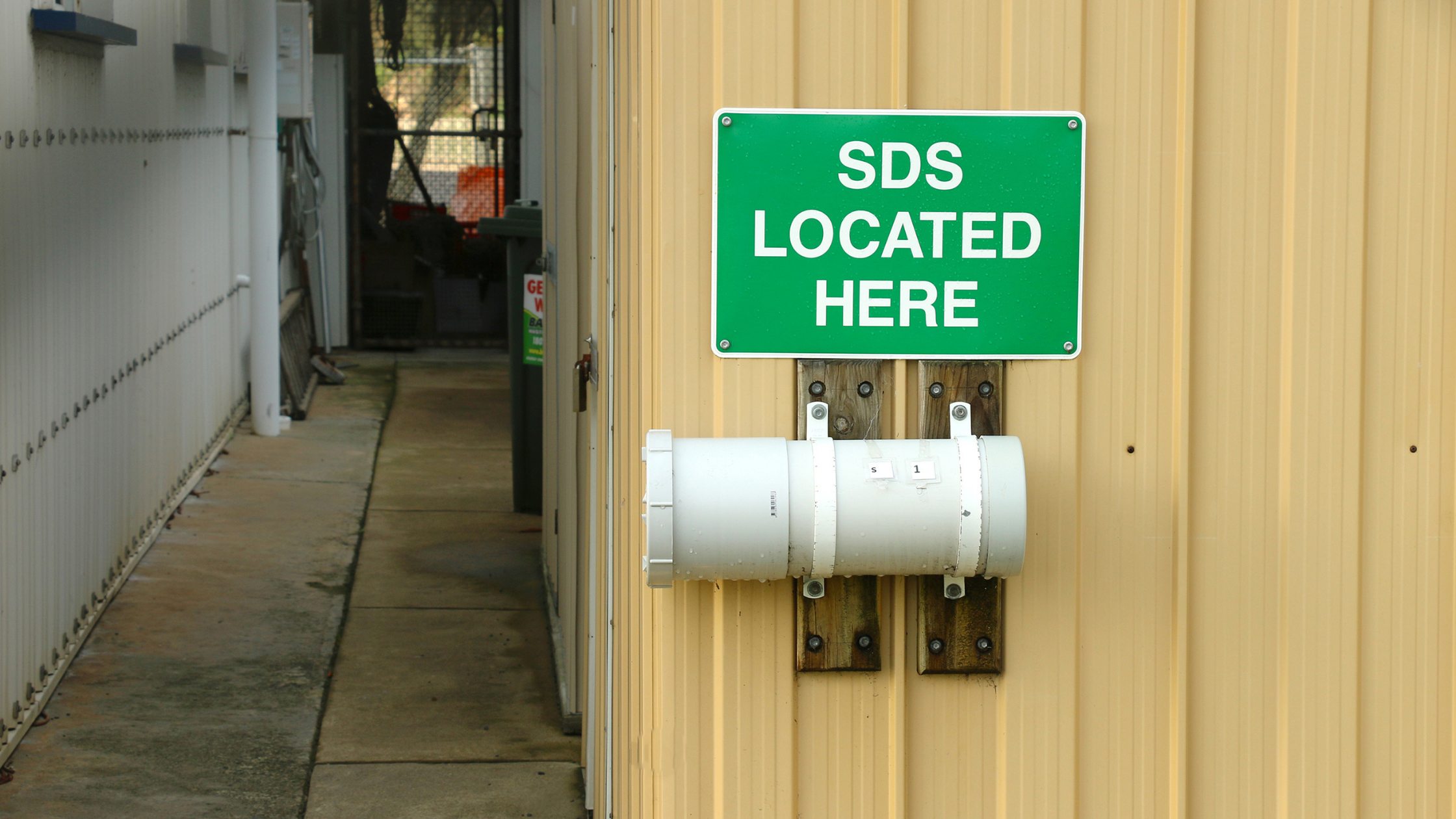There are a lot of dangerous chemicals on the market, many of them with perfectly valid industrial uses. There are even more chemicals that aren’t necessarily dangerous on their own but can become dangerous when combined with other chemicals.
And one way or another, your employees have to recognize these chemicals. They also have to know how to handle them safely. There’s just one problem: your employees are not walking chemical encyclopedias.
Fortunately, there’s a solution. Here’s how safety data sheets are designed to make it easier for employees to get health and safety information about chemicals.
What Are Safety Data Sheets?
Safety data sheets are a critical part of two OSHA standards: the Hazard Communication Standard and Laboratory Standard. Every safety data sheet includes essential health and safety information about the chemical, including:
- Physical hazards
- Environmental hazards
- Health hazards
- Protective measures
- Safety precautions for storing, handling, and transporting
- PPE guidance
- First aid guidance
- Clean up procedures
Basically, think of a safety data sheet as a safety cheat sheet for every individual hazardous chemical in your facility.
When Are They Required?
Chemical distributors, manufacturers, and importers are all required to create and display safety data sheets on hazardous chemical containers. These must be provided in a uniform format so that any employee can pick up a safety data sheet and understand it, even if they don’t work for your company.
These safety data sheets must be readily available to employees at all times. They should be displayed legibly on a chemical container, and if a box of chemical containers is traveling, there should also be a safety data sheet with the box. It is the employer’s responsibility to ensure all safety data sheets are available, up-to-date, and legible.
How Safety Data Sheets are Designed to Make It Easier for Employees to Get Health and Safety Information About Chemicals
Every safety data sheet includes 16 sections, always presented in a uniform order with the same contents per section:
- Identification (including product identifier, manufacturer name, etc.)
- Hazard identification (all hazards related to the chemical)
- Composition/information on ingredients (including all ingredients and trade secret claims)
- First-aid measures (including symptoms and first responder treatment)
- Fire-fighting measures
- Accidental release measures (including emergency response procedures)
- Handling and storage (precautions for safe storage and handling)
- Exposure controls/personal protection (including permissible exposure limits and PPE)
- Physical and chemical properties
- Stability and reactivity
- Toxicological information
- Ecological information
- Disposal considerations
- Transport information
- Regulatory information
- Other information
These are a crucial part of how safety data sheets are designed to make it easier for employees to get health and safety information about chemicals. Everything an employee might need to know about a chemical is contained in the safety data sheet for easy reference. That way, employees always know what to do.
